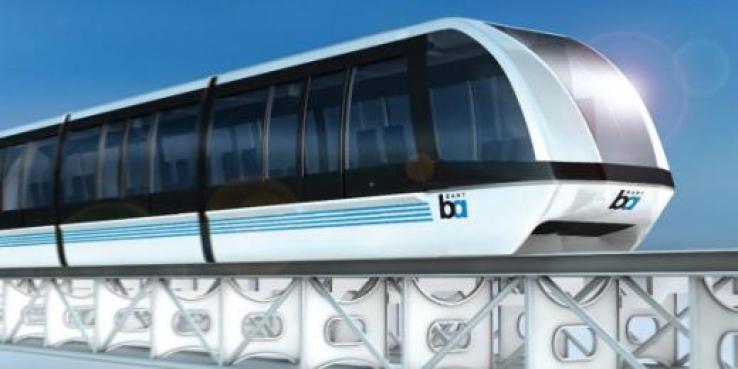Tomorrow, April 27, the Metropolitan Transportation Commission (MTC) will vote on a final Committed Funds and Projects Policy for Plan Bay Area. This policy mouthful is an important step in defining which regional transportation projects will receive funding and which ones must undergo more thorough analysis. The vote will determine how many transportation projects will be scrutinized for their impact on greenhouse gases, driving, economic growth and other factors. Affected projects in could include highway widening, the Oakland Airport Connector and BART to San Jose.
The issue before the MTC: deciding which projects are so far along that they shouldn’t be analyzed yet again under new criteria. The projects that are not further analyzed are considered “committed” and will be automatically included in the next Regional Transportation Plan. These committed projects will be included in all scenarios projecting the Bay Area’s future growth.
What’s different this year: the next Regional Transportation Plan will be the first one finalized since the passage of Senate Bill 375. That means this plan is supposed to help meet our region’s goal of reducing greenhouse gases from driving by 15 percent per capita. That’s harder to achieve if we don’t evaluate whether or not our investments encourage people to drive.
Wednesday’s vote will set a final policy for how to count a project as committed. In the last Regional Transportation Plan — done in 2009 — 70 projects were designated as committed. This year, if the MTC adopts the recommendation of its Planning Committee, only 14 projects will be considered committed and not analyzed further. Even though the committee made this recommendation in a 5-3 vote, the full Commission has the final say and can select a different approach, which means this is still a very live and important issue.
There are several major options up for consideration. Option 1 (36 projects committed) says projects are committed after they certify their Environmental Impact Report. Option 2 (14 projects committed) says a project is committed only after construction has started. In general, transit advocates like our friends at TransForm favor the later date (i.e., Option 2).
SPUR has endorsed a slightly different — and we think more nuanced — approach to this policy debate. We argued that using just the Environmental Impact Report (EIR) cutoff is inappropriate because many EIRs are old and project cost often skyrocket after they are approved. As the MTC notes in its analysis, after the environmental phase, transit projects typically rise 50 percent in cost and highway projects rise 30 percent.
In a letter to the MTC, we proposed that a project be considered committed if it is either:
1. already under construction or
2. has a certified EIR less than 5 years old and the estimated project costs have not grown by more than 5 percent per year since EIR certification.
We didn’t support Option 2 because it would cast too much uncertainty over projects that have spent many years in preparation and are nearly under construction. This is important to project stakeholders — especially agencies who might otherwise not take on the risk of conducting an EIR without certainty in a project’s funding potential.
If MTC commissioners tomorrow reject the Planning Committee’s recommendation, we hope they will adopt the SPUR proposal. Our approach leaves fewer projects in uncertain status but retains some objective standards to re-evaluate out-of-date and over-budget projects.
